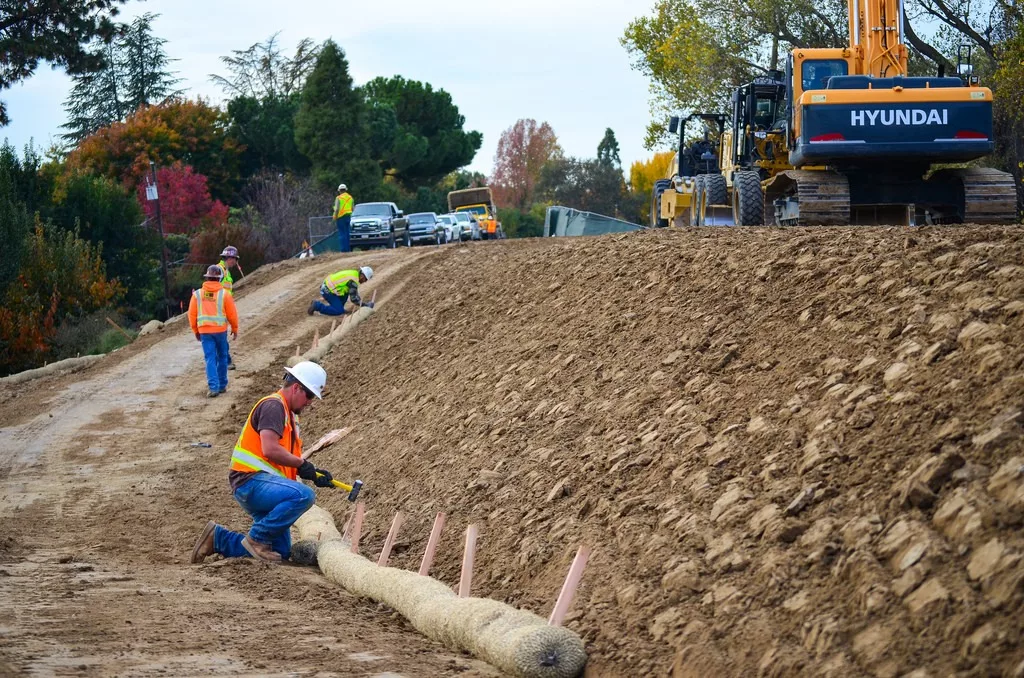
20 Jul Keeping Our Local Waterways Healthy
We all enjoy the benefits of having healthy local water resources – and that means we all have an important role to play in keeping our waterways safe and healthy for everyone to enjoy.
After it rains or snows, the excess flow of water — and the contaminants that it carries — can pollute local water sources. That’s why managing this stormwater runoff is essential to maintain the health of native fish and wildlife, as well as the quality of water that your family uses every day. It also helps to reduce flooding. This is called stormwater management.
Home builders control stormwater runoff during construction by installing silt fences or rows of hay bales, digging retention ponds and/or by using other measures. But once a community is completed, home owners have a responsibility to help ensure that our local waterways remain clean and healthy.
You may not even realize how you could be endangering our local water — or the simple steps you can take to protect it.
Think Twice Before Fertilizing
When it rains, lawns that are over-fertilized can wash pesticides and herbicides into the storm drains on your street, eventually carrying it to the local water source — possibly the source of your drinking water.
Before you spend the time and money to fertilize your lawn, you should perform a simple soil test to determine if fertilization is even necessary. Most garden and home-improvement stores sell soil test kits that you can easily use at home.
If you do need to fertilize your lawn:
- Keep it on the grass, use it sparingly, and consider using organic products
- Hold off if there is a chance of a rain storm shortly after applying it to your lawn
- When you mow, don’t bag the grass. The clippings will naturally fertilize your lawn. But sweep those fertilizer-rich clippings off the sidewalk and roadway so they don’t go down the storm drain.
Plant it Yourself: Trees and Gardens
Enhancing your yard with new trees, flowers and shrubs is great way to help keep polluted stormwater from reaching storm drains. A tree’s roots help rain water filter back into the soil, cutting down on excess runoff. As an added benefit, trees can help cut summer cooling costs by providing shade to the home, and in many cases they help to increase the value of your home. In your gardern, consider plants that are native to your region. They require less water and nutrients to survive and are more resistant to pests and disease — therefore less fertilization is required.
Let it Rain — Into Your Barrel
Rain barrels collect stormwater runoff from a home’s roof via the rain gutters. They hold the water temporarily, cutting down on the amount of water that reaches the sewer system. The water can then be used to water lawns and gardens.
Use Caution When Washing Your Car
When you fill up a bucket of soapy water to wash your car, the phosphates and other chemicals in the soap will likely run down your driveway and into the storm drain. Not to mention all of the dirt, oil, antifreeze and other automobile fluids that you are likely washing off your car. Use soap sparingly and be sure to dump the excess water in the sink, not in the street. Or, consider washing your car on gravel or a grassy area so the ground can filter the water.


Sorry, the comment form is closed at this time.